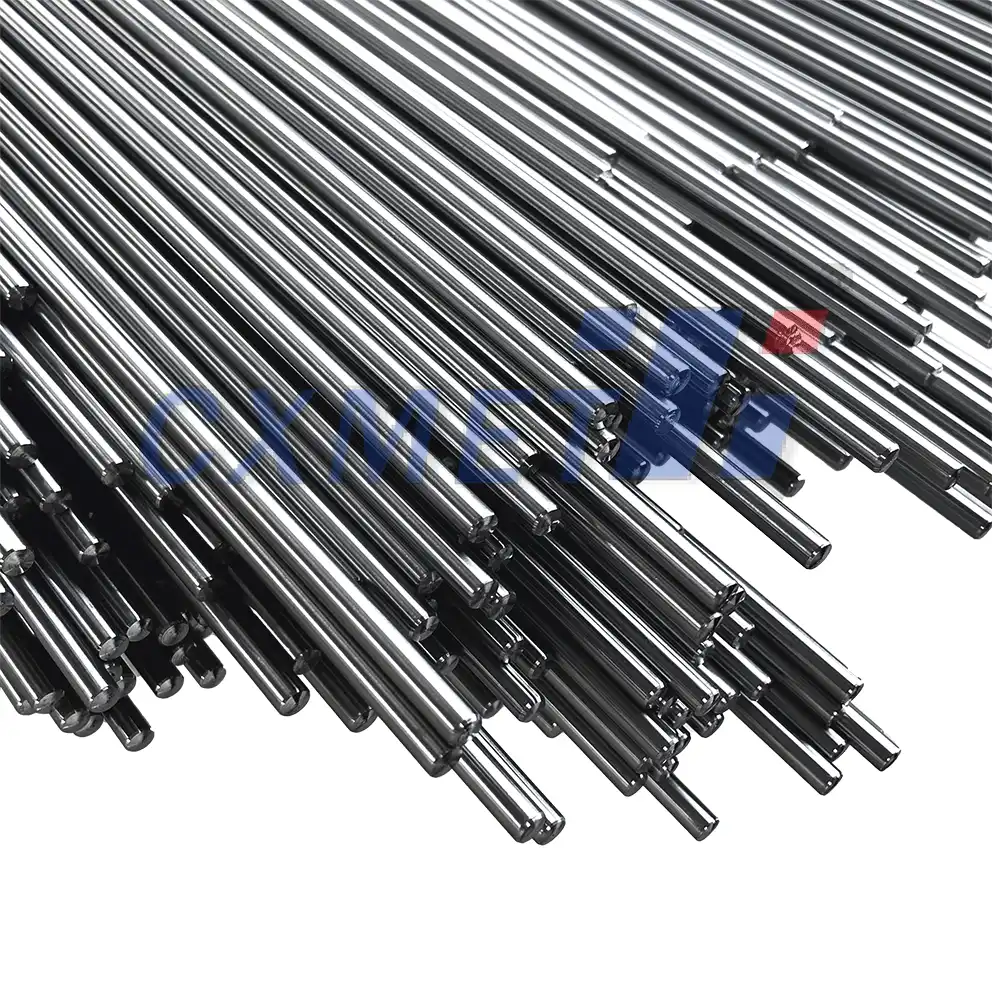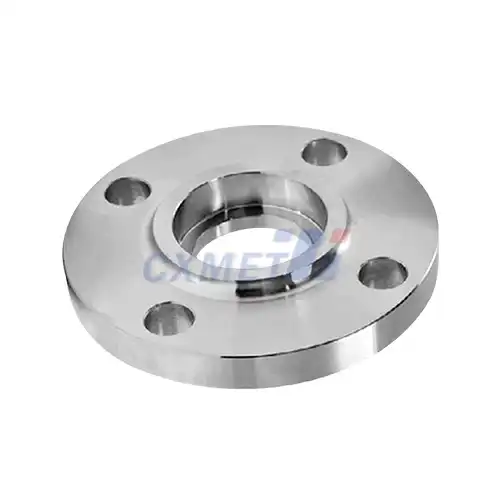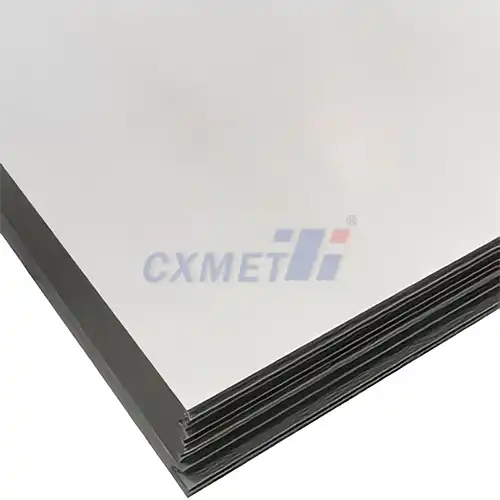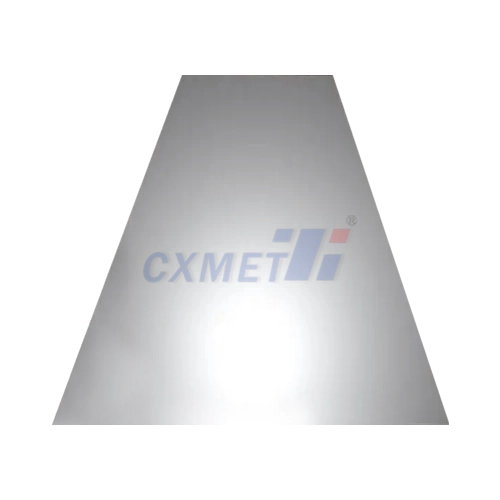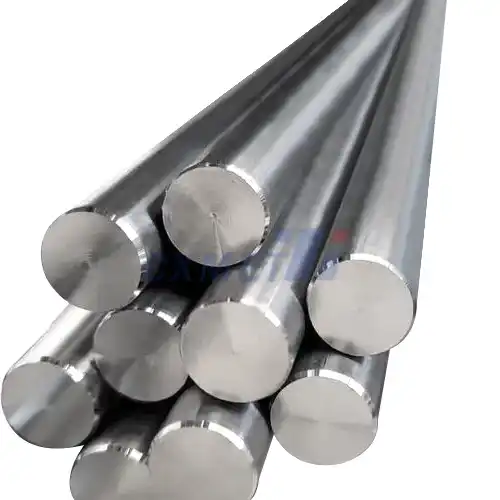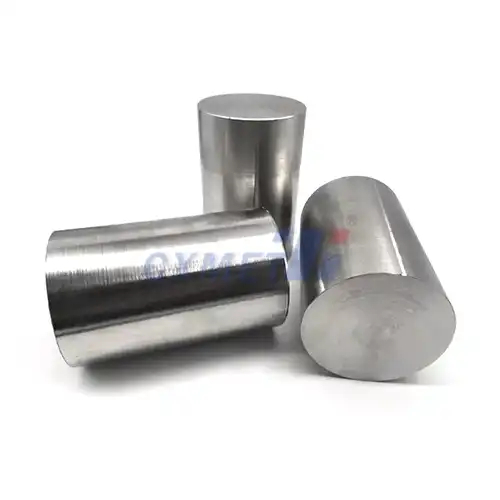- English
- French
- German
- Portuguese
- Spanish
- Russian
- Japanese
- Korean
- Arabic
- Greek
- German
- Turkish
- Italian
- Danish
- Romanian
- Indonesian
- Czech
- Afrikaans
- Swedish
- Polish
- Basque
- Catalan
- Esperanto
- Hindi
- Lao
- Albanian
- Amharic
- Armenian
- Azerbaijani
- Belarusian
- Bengali
- Bosnian
- Bulgarian
- Cebuano
- Chichewa
- Corsican
- Croatian
- Dutch
- Estonian
- Filipino
- Finnish
- Frisian
- Galician
- Georgian
- Gujarati
- Haitian
- Hausa
- Hawaiian
- Hebrew
- Hmong
- Hungarian
- Icelandic
- Igbo
- Javanese
- Kannada
- Kazakh
- Khmer
- Kurdish
- Kyrgyz
- Latin
- Latvian
- Lithuanian
- Luxembou..
- Macedonian
- Malagasy
- Malay
- Malayalam
- Maltese
- Maori
- Marathi
- Mongolian
- Burmese
- Nepali
- Norwegian
- Pashto
- Persian
- Punjabi
- Serbian
- Sesotho
- Sinhala
- Slovak
- Slovenian
- Somali
- Samoan
- Scots Gaelic
- Shona
- Sindhi
- Sundanese
- Swahili
- Tajik
- Tamil
- Telugu
- Thai
- Ukrainian
- Urdu
- Uzbek
- Vietnamese
- Welsh
- Xhosa
- Yiddish
- Yoruba
- Zulu
What Temperature Can A Zirconium Crucible Withstand?
2024-12-25 14:53:48
Zirconium crucibles are renowned for their exceptional heat resistance and chemical inertness, making them indispensable in various high-temperature applications. These crucibles can withstand extreme temperatures, typically ranging from 2200°C to 2400°C (3992°F to 4352°F), depending on the specific composition and manufacturing process. The remarkable thermal properties of zirconium crucibles make them ideal for use in industries such as metallurgy, ceramics, and advanced materials research, where precise control of high-temperature processes is crucial.
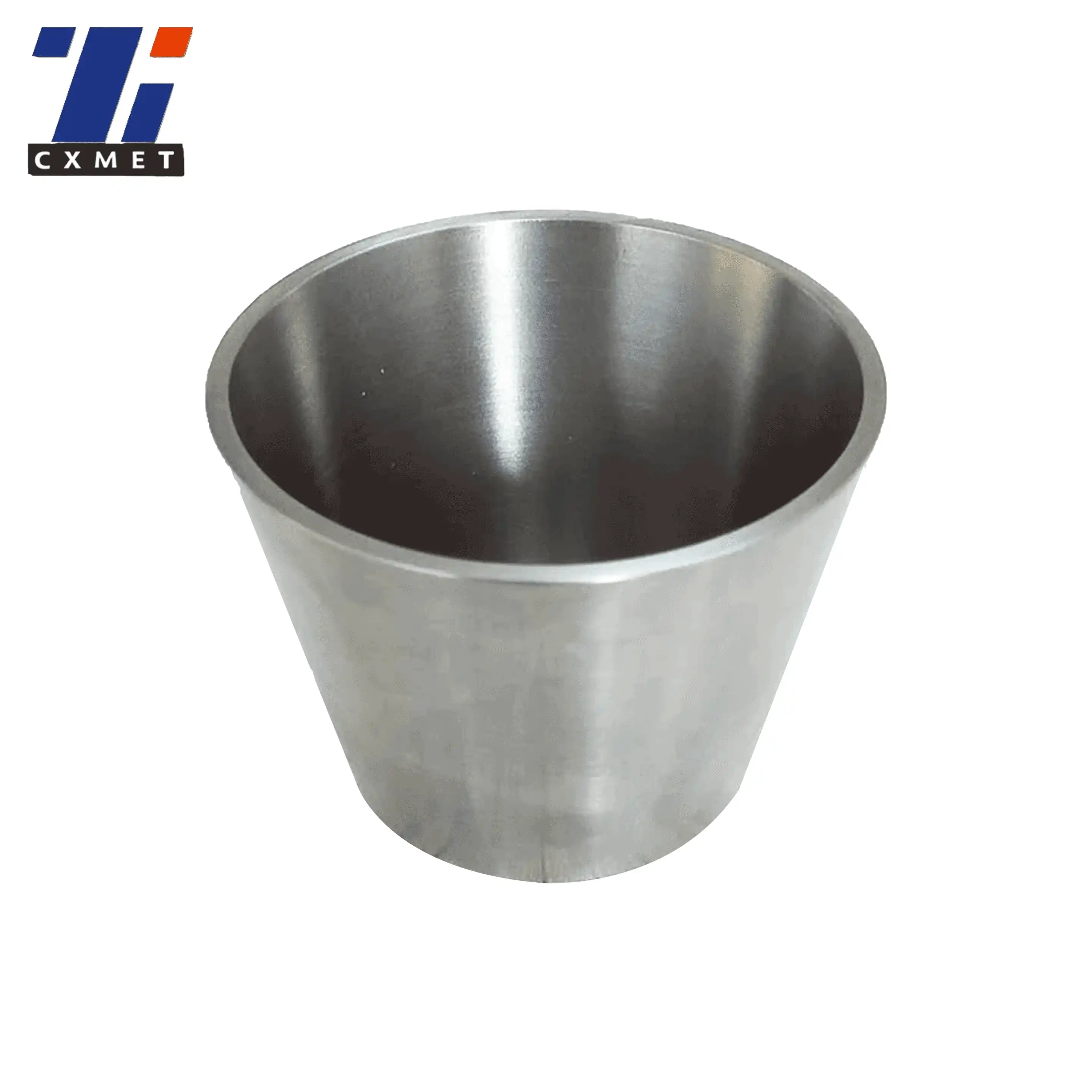
What are the main advantages of using zirconium crucibles in high-temperature applications?
Zirconium crucibles offer several significant advantages in high-temperature applications, making them a preferred choice for many industries and research facilities. These benefits stem from the unique properties of zirconium and its compounds, particularly zirconium dioxide (ZrO2), which is the primary material used in manufacturing these crucibles.
One of the most notable advantages of zirconium crucibles is their exceptional thermal stability. They can maintain their structural integrity and chemical inertness at extremely high temperatures, often exceeding 2000°C. This characteristic is crucial in processes that require precise control of molten materials or in situations where contamination from the crucible material must be minimized. The high melting point of zirconium dioxide (around 2715°C) ensures that the crucible remains solid and stable even when subjected to intense heat.
Another significant advantage is the chemical resistance of zirconium crucibles. They exhibit excellent resistance to corrosion and chemical attack from a wide range of substances, including molten metals, aggressive acids, and alkalis. This property makes them invaluable in metallurgical applications, where they can contain reactive molten metals without degradation or contamination. In the field of advanced ceramics, this chemical inertness allows for the processing of high-purity materials without introducing impurities from the crucible itself.
Zirconium crucibles also demonstrate impressive mechanical strength and thermal shock resistance. Unlike some other refractory materials, they can withstand rapid temperature changes without cracking or failing. This durability extends their lifespan and makes them suitable for applications involving cyclic heating and cooling processes. The mechanical strength of zirconium crucibles also allows for the handling of larger volumes of materials, which is particularly beneficial in industrial-scale operations.
Furthermore, the low thermal conductivity of zirconium dioxide contributes to energy efficiency in high-temperature processes. This property helps to maintain a stable temperature within the crucible, reducing heat loss and potentially lowering energy consumption in furnace operations. The thermal insulation provided by zirconium crucibles can also contribute to more precise temperature control, which is critical in many scientific and industrial applications.
In terms of versatility, zirconium crucibles can be manufactured in various shapes and sizes to suit different applications. They can be produced with different levels of porosity and can be combined with other materials to enhance specific properties. This flexibility in design and composition allows for customization to meet the unique requirements of different industries and research fields.
The biocompatibility of zirconium dioxide also opens up possibilities for using these crucibles in certain medical and dental applications, particularly in the processing of materials for implants or prosthetics. The material's inertness and resistance to wear make it suitable for applications where purity and long-term stability are paramount.
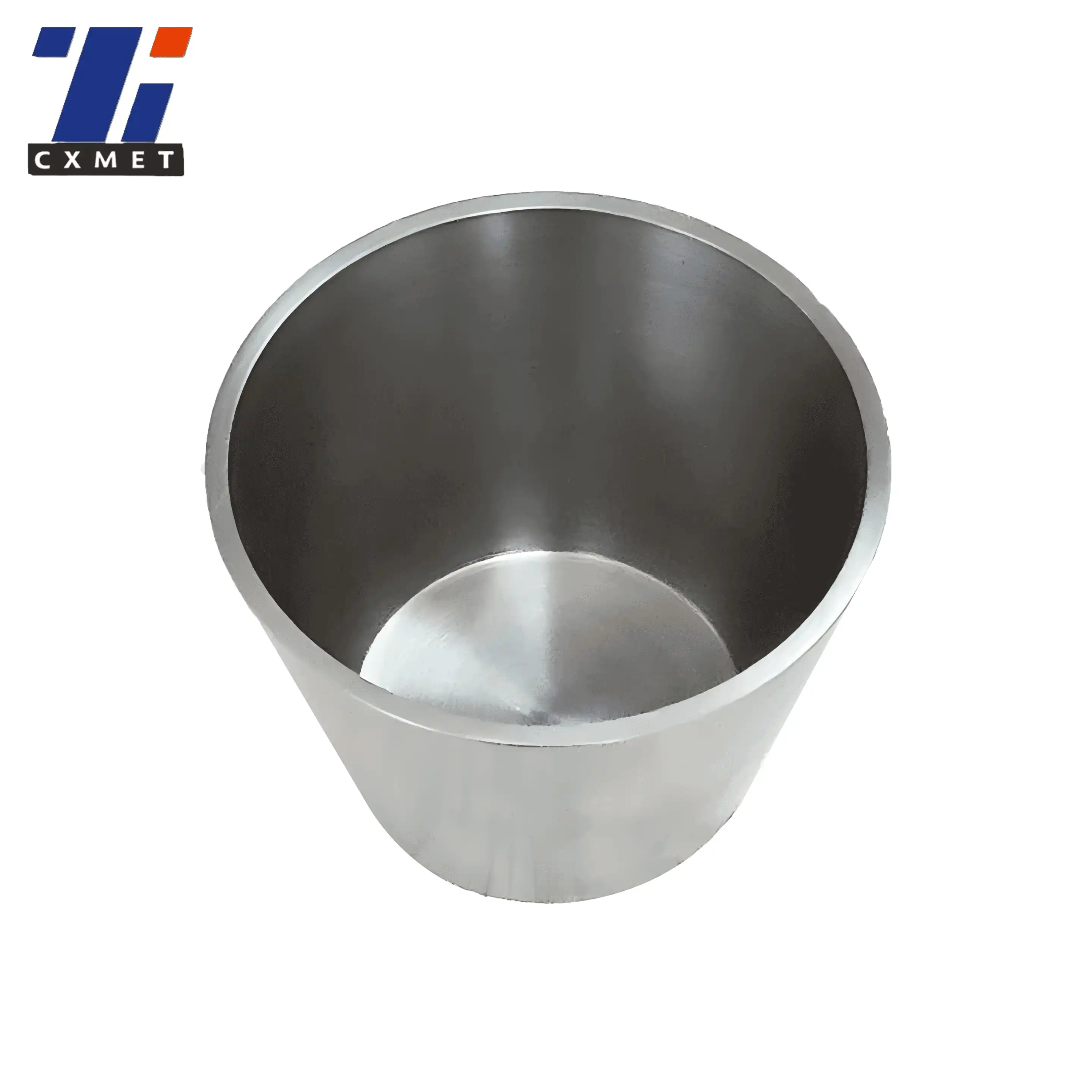
How does the composition of a zirconium crucible affect its temperature resistance?
The composition of a zirconium crucible plays a crucial role in determining its temperature resistance and overall performance in high-temperature applications. While pure zirconium dioxide (ZrO2) forms the base material for these crucibles, various additives and manufacturing techniques are employed to enhance specific properties, particularly temperature resistance.
Pure zirconium dioxide exists in three crystalline forms: monoclinic, tetragonal, and cubic. The monoclinic phase is stable at room temperature up to about 1170°C, at which point it transforms into the tetragonal phase. This phase transformation is accompanied by a significant volume change, which can lead to cracking and structural failure in pure ZrO2 ceramics. To mitigate this issue and improve the high-temperature stability, various stabilizing oxides are added to the ZrO2 matrix.
The most common stabilizing additives are yttrium oxide (Y2O3), magnesium oxide (MgO), and calcium oxide (CaO). These additives work by stabilizing the high-temperature cubic or tetragonal phases of ZrO2 at room temperature, preventing the destructive phase transformation. The amount and type of stabilizer used can significantly affect the crucible's temperature resistance and other properties.
Yttria-stabilized zirconia (YSZ) is one of the most widely used compositions for high-temperature applications. Typically containing 3-8 mol% Y2O3, YSZ crucibles can withstand temperatures up to 2400°C while maintaining excellent chemical inertness and mechanical strength. The yttria stabilizer not only prevents phase transformation but also enhances the material's ionic conductivity, which can be beneficial in certain electrochemical applications.
Magnesia-stabilized zirconia (MSZ) is another common composition, particularly useful in applications where yttria's cost may be prohibitive. MSZ crucibles generally have good temperature resistance, though typically not as high as YSZ. They are often preferred in applications where resistance to alkaline environments is crucial.
Calcia-stabilized zirconia (CSZ) offers another alternative, with properties that can be tailored by adjusting the calcia content. CSZ crucibles can offer good temperature resistance and are sometimes used in applications where the presence of yttrium or magnesium is undesirable.
In addition to stabilizers, other additives may be incorporated to enhance specific properties. For instance, small amounts of alumina (Al2O3) or silica (SiO2) may be added to improve the sintering process and mechanical properties. However, these additives must be carefully controlled as they can potentially lower the maximum use temperature of the crucible.
The manufacturing process also plays a significant role in determining the crucible's temperature resistance. Techniques such as hot isostatic pressing (HIP) can produce crucibles with higher density and improved mechanical properties, potentially enhancing their high-temperature performance. The grain size and distribution within the ceramic microstructure, controlled through careful processing, can also affect the crucible's thermal shock resistance and overall durability at high temperatures.
It's worth noting that while increased stabilizer content can improve phase stability, it may also reduce the material's mechanical strength at room temperature. Therefore, the composition of zirconium crucibles is often a carefully balanced compromise between different properties, tailored to the specific requirements of the intended application.
What are the limitations of zirconium crucibles in extreme temperature environments?
While zirconium crucibles are renowned for their excellent high-temperature capabilities, they do have certain limitations when exposed to extreme temperature environments. Understanding these limitations is crucial for proper selection and use of these crucibles in various applications.
One of the primary limitations of zirconium crucibles in extreme temperature environments is their susceptibility to thermal shock. Although zirconia ceramics generally have good thermal shock resistance compared to many other refractory materials, they can still fail if subjected to very rapid temperature changes. This is particularly true for larger crucibles or those with thicker walls. The thermal expansion mismatch between the hot interior and cooler exterior of the crucible can lead to stress buildup and potential cracking. To mitigate this issue, careful heating and cooling rates must be observed, especially when the crucible is loaded with material.
Another limitation is the potential for chemical reactions at extremely high temperatures. While zirconium dioxide is generally very inert, it can react with certain elements and compounds under extreme conditions. For instance, at temperatures above 2000°C, zirconia can react with carbon to form zirconium carbide. This reaction can lead to degradation of the crucible and contamination of the contents. Similarly, in highly reducing atmospheres at elevated temperatures, zirconia can be reduced to metallic zirconium, compromising the crucible's integrity.
The mechanical strength of zirconium crucibles can also be a limiting factor in extreme temperature environments. As the temperature increases, the material's yield strength decreases. This can lead to deformation or failure under load, especially in applications where the crucible must support its own weight plus that of its contents at very high temperatures. The creep resistance of zirconia ceramics, while generally good, can become a concern in long-term high-temperature applications.
Volatilization of components is another potential issue in extreme temperature environments. At very high temperatures, some of the stabilizing oxides or other additives in the zirconia matrix may begin to evaporate. This can lead to changes in the crucible's composition over time, potentially affecting its performance and longevity. For instance, in yttria-stabilized zirconia, prolonged exposure to temperatures above 2200°C can result in the loss of yttria, potentially destabilizing the cubic phase.
The electrical properties of zirconium crucibles can also be a limitation in certain high-temperature applications. While zirconia is an excellent electrical insulator at room temperature, its electrical conductivity increases significantly at very high temperatures. This can be problematic in applications where electrical isolation is required, such as in some high-temperature electrochemical processes.
Environmental factors can also impose limitations on zirconium crucibles in extreme temperature environments. For example, in the presence of water vapor at high temperatures, zirconia can undergo hydroxylation, leading to the formation of zirconium hydroxide. This can cause degradation of the crucible surface and potentially affect its performance.
It's also important to note that the maximum operating temperature of a zirconium crucible can vary depending on its specific composition and the environmental conditions. While some specialized zirconia compositions can withstand temperatures up to 2400°C, many commercial zirconium crucibles have lower practical temperature limits, often around 2000-2200°C for continuous use.
In conclusion, while zirconium crucibles offer exceptional performance in high-temperature applications, they are not without limitations in extreme temperature environments. Careful consideration of the specific application requirements, including temperature range, chemical environment, and mechanical stresses, is essential for successful implementation of these crucibles in demanding high-temperature processes.
At SHAANXI CXMET TECHNOLOGY CO., LTD, we take pride in our extensive product range, which caters to diverse customer needs. Our company is equipped with outstanding production and processing capabilities, ensuring the high quality and precision of our products. We are committed to innovation and continuously strive to develop new products, keeping us at the forefront of our industry. With leading technological development capabilities, we are able to adapt and evolve in a rapidly changing market. Furthermore, we offer customized solutions to meet the specific requirements of our clients. If you are interested in our products or wish to learn more about the intricate details of our offerings, please do not hesitate to contact us at sales@cxmet.com. Our team is always ready to assist you.
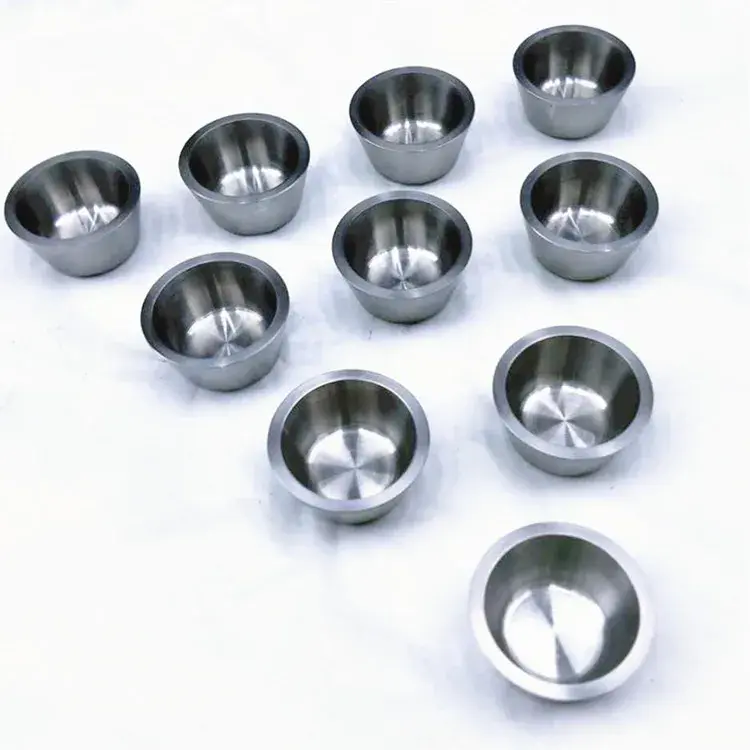
References
- Chevalier, J., Gremillard, L., Virkar, A. V., & Clarke, D. R. (2009). The tetragonal‐monoclinic transformation in zirconia: lessons learned and future trends. Journal of the American Ceramic Society, 92(9), 1901-1920.
- Wachtman, J. B., Cannon, W. R., & Matthewson, M. J. (2009). Mechanical properties of ceramics. John Wiley & Sons.
- Peuchert, U., Okano, Y., Menke, Y., Reichel, S., & Ikesue, A. (2009). Transparent cubic-ZrO2 ceramics for application as optical lenses. Journal of the European Ceramic Society, 29(2), 283-291.
- Lakiza, S. M., & Lopato, L. M. (1997). Stable and metastable phase relations in the system alumina–zirconia–yttria. Journal of the American Ceramic Society, 80(4), 893-902.
- Riedel, R., & Chen, I. W. (2011). Ceramics science and technology, volume 2: Materials and properties. John Wiley & Sons.
- Bocanegra-Bernal, M. H., & De La Torre, S. D. (2002). Phase transitions in zirconium dioxide and related materials for high performance engineering ceramics. Journal of Materials Science, 37(23), 4947-4971.
- Kisi, E. H., & Howard, C. J. (1998). Crystal structures of zirconia phases and their inter-relation. Key Engineering Materials, 153, 1-36.
- Hannink, R. H., Kelly, P. M., & Muddle, B. C. (2000). Transformation toughening in zirconia‐containing ceramics. Journal of the American Ceramic Society, 83(3), 461-487.
- Piconi, C., & Maccauro, G. (1999). Zirconia as a ceramic biomaterial. Biomaterials, 20(1), 1-25.
- Dorfman, M. R., Kushner, B. A., & Rotolico, A. J. (1989). Thermal spray coatings. Advanced Materials and Processes, 136(2), 42-48.
